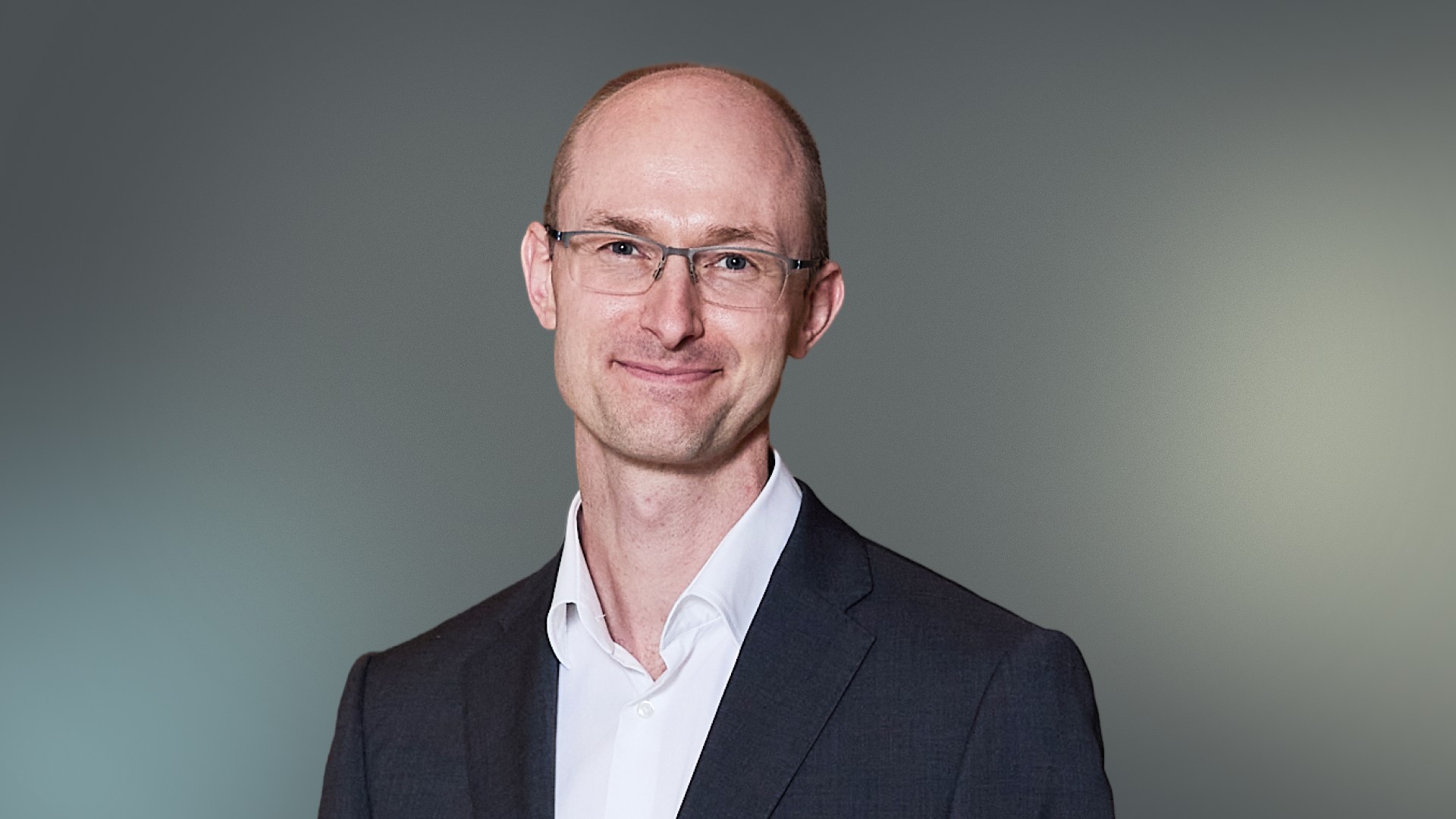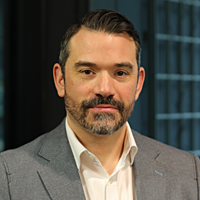20-year club: Platinum's Cameron Robertson on sensible bets… and a little bit of luck
Last week, I wrote a piece about sustained excellence in funds management, using an admittedly arbitrary two-decade tenure as the cut-off point for the exercise.
In case you missed it, you can catch up below.

Whilst the list in itself is interesting, what I really want to achieve out of the exercise is to understand what it takes to last for two decades. In that vein, I reached out to four managers of funds on the list to pick their brains about what it takes to maintain a winning strategy over such a period.
First up is Cameron Robertson from Platinum Asset Management. Platinum has numerous funds that have clocked up 20 years or more. Robertson joined the firm in 2010 and currently manages the Platinum Asia ex-Japan strategy.

Has your investment philosophy or process evolved over the past two decades?
The fundamental premise, that we are trying to identify mispricing in markets, has remained the same, whether that’s companies that have fallen off the radar of investors, areas that are experiencing rapid change, or some other reason that’s leading to an over- or undershooting of valuations.
Where you do see change, however, is the tools utilised in the day-to-day task of pursuing these ideas.
There has been an increased availability of fundamental and quantitative data that we utilise, new AI tools have been incorporated into our workflows, there has been an increased ease of translation, and so on.
So while the basic philosophy remains essentially the same, we continue to push ourselves to be as efficient as possible in finding and monitoring opportunities.
What have been the most pivotal moments for your fund over the last 20 years?
The fund itself has successfully transitioned through a couple of different portfolio managers over that period. I’ve been with the firm for 15 years and came on as a portfolio manager of the strategy back in 2021.
For the strategy and region, Asia has been through some big changes over that period, from a huge boom in China back in the 2000’s that drove resources and economic activity, through to the emergence of Korea and Taiwan at the cutting edge of the global tech industry, Chinese property industry woes, and the emergence of India as a real powerhouse in the region.
One big macroeconomic factor, perhaps worth highlighting, is the impact the US dollar has on the region.
For a range a reasons, a strong US dollar tends to make life tougher for emerging markets, while a weakening dollar can be a tailwind, and over the past two decades or so this lines up well with the regions’ performance.
The US dollar weakening or weak from the early 2000’s through to about 2014 and markets across the region did well. Since 2014, the US dollar had a period of broad strength and the regions’ markets have been softer.
As of today, however, the US dollar – while still relatively strong – is at the lowest level seen in three years and may be signalling a shift back towards a more accommodative period for Asian market performance.
The single most important factor behind the fund’s longevity?
Longevity has to be earned, day in and day out; nothing guarantees it.
Clients are smart, they’re trying to do the best they can with their money, and if you’re not a part of that solution for them, then you won’t have a role to play. It’s as simple as that.
You need good clients who will afford you the space to do what’s necessary to perform. In general terms, that means managing risk well, taking sensible bets, and earning clients' trust in your process so they have faith in you to ride out the inevitable ebbs and flows of performance.
Then, over the longer term, delivering the results needed to justify the faith your clients are placing in you. Optimising for long-term performance, and always putting clients first is critical.
How do you maintain conviction in your approach through cycles of underperformance or market stress?
You need to be constantly re-evaluating where you can improve, regardless of recent performance.
One of the most challenging aspects is that investment results always reflect a mixture of luck and skill. Disentangling the two is never an exact science, and if you do it poorly you risk learning the wrong lessons.
Nevertheless, you can’t shy away from the mistakes you’ve made, because you’ll always make mistakes, and if you don’t learn from them, then you’ll never improve. So, intellectual honesty and humility are critical. Where you’ve made a mistake, you have to face it, or where you can refine your process, then you need to embrace it.
Equally, however, you need to balance this against a degree of confidence that a sensible and disciplined process – buying good assets at sensible prices, while selling those that get overexcited or where prospects are dim – will yield good results over time, not letting short-term market swings overwhelm you.
Periods of underperformance inevitably weigh on you, knowing that you’re not living up to the faith clients placed in you, but at the end of the day, you have to remember there are still opportunities out there in the market and it’s your job to keep finding them.
As investors, we’re only ever as good as our next investment decision, so you just have to focus on making sure that next decision is as good as it can be, and the pressure to do that is the same, regardless of whether your recent historic performance has been good or bad.
What is the most valuable lesson you've learned that today’s younger investors often overlook?
Investors study cycles stretching over hundreds of years, with much ink spilled over the tulip mania of the 1630’s, the South Sea Bubble of the 1720’s, railroad booms and busts through the 1800’s, the depressions and industrialisations of the 1900’s, dot-com booms and busts, right through to modern day.
But no amount of reading can truly prepare someone for the emotional ride that goes along with living through wild swings in markets, and their attendant impacts on your net worth or job security, as well as one’s perceived wisdom or idiocy!
It can seem easy to read about these events and say “that was clearly crazy, there’s no way I would’ve paid those prices!”, or “wow, that was such an incredible opportunity, I would’ve been hoovering up assets at those distressed valuations”.
But when you see industry doyens like Julian Robertson – a phenomenal investor – throw in the towel at the top of the dot-com bubble, there has to be an appreciation that the lived experience is harder than it looks.
Young investors are probably the best prepared to take advantage of whatever the current environment is to the extent it continues, but if they’re not careful can find themselves among the worst prepared when that overall zeitgeist changes.
Setting an appropriate approach to risk that suits your temperament is something you never perfect, but I believe having more experience in markets helps you evolve.
What excites you most about the current market environment, and how are you positioning the portfolio for the next decade?
There are three key areas we are focused on at the moment:
- geopolitics;
- technology and its broader implications;
- and the rising middle class.
While the geopolitical backdrop may not be ideal, it is something we need to manage around and there are opportunities emerging from it.
For example, Korea is in a unique place as one of the few countries friendly to the West with the skills to operate a competitive heavy industry, and are receiving a surge of orders as the US aims to re-industrialise and catch up in areas like the electrical grid, power plants, shipbuilding, and so on.
On the technology front, industry after industry is being transformed and Asia has been able to leapfrog ahead in a range of areas like payments, identification, invoicing and taxation systems, setting these countries up with a clean sheet modern & efficient infrastructure underpinning their economies.
Much of the world’s technology also comes from the region, so we can invest in cutting-edge chip technologies and equipment, as well as leading internet and AI firms developing applications across healthcare, robotics, and more.
And finally, the region as a whole is likely to continue following the well-trodden path of economic catch up, bringing huge opportunities for local entrepreneurs to build durable brands and services meeting the emerging needs of local consumers.
While most investors have been focused on the US in recent years, we’ve been filling our stockings with great, attractively priced businesses across the region and feel the setup is remarkably attractive.

4 topics
1 fund mentioned
1 contributor mentioned

